Medical oxygen is a high-purity, breathable gas, essential for patient care in health facilities, where it’s supplied through systems including oxygen concentrators, liquid oxygen (LMO) tanks, and gas cylinders. Its quality is strictly regulated, requiring adherence to pharmacopoeia standards like the Indian Pharmacopoeia (IP), which specifies minimum purity levels (e.g., 99% for LMO) and strict limits on impurities like carbon monoxide (CO), carbon dioxide (CO2), and moisture.
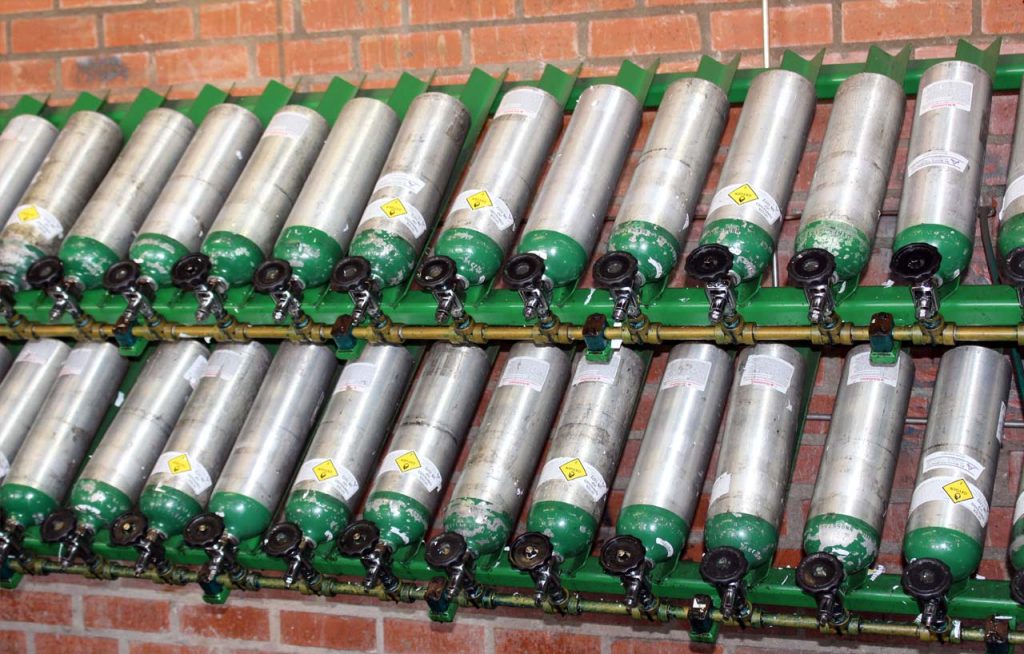
Industrial oxygen is an essential gas for numerous industrial processes, including welding, steelmaking, wastewater treatment, and the production of chemicals. It is characterized by a minimum purity of 99% but is generally less pure than medical-grade oxygen, which is specifically formulated and certified for human use. Industrial oxygen is supplied as compressed gas in cylinders or as liquid oxygen for large-scale applications, and its quality standards are often defined by regulations such as the Indian Standard IS-309.
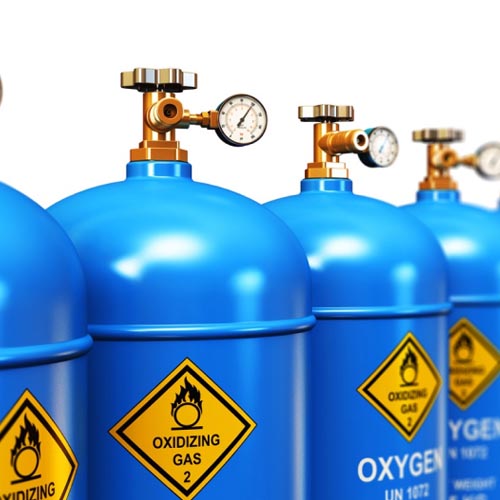
Carbon dioxide (CO2) is a naturally occurring, clear, and odorless gas composed of one carbon and two oxygen atoms. While essential for life, increased atmospheric concentrations due to human activities like burning fossil fuels drive climate change. High concentrations of CO2 in enclosed spaces can cause headaches, drowsiness, or even suffocation. In industry, it’s used in applications from welding to draft beer systems, while its capture and storage are explored for climate change mitigation.

Argon gas is a colorless, odorless, non-toxic, and non-flammable noble gas that constitutes about 0.93% of Earth’s atmosphere and is produced industrially from air separation. Its primary characteristic is its inertness, making it an ideal shielding gas for welding and a filler gas for light bulbs to prevent filament burnout. It is heavier than air and readily ionizes to form an electric arc, a property used in various technical and medical applications.
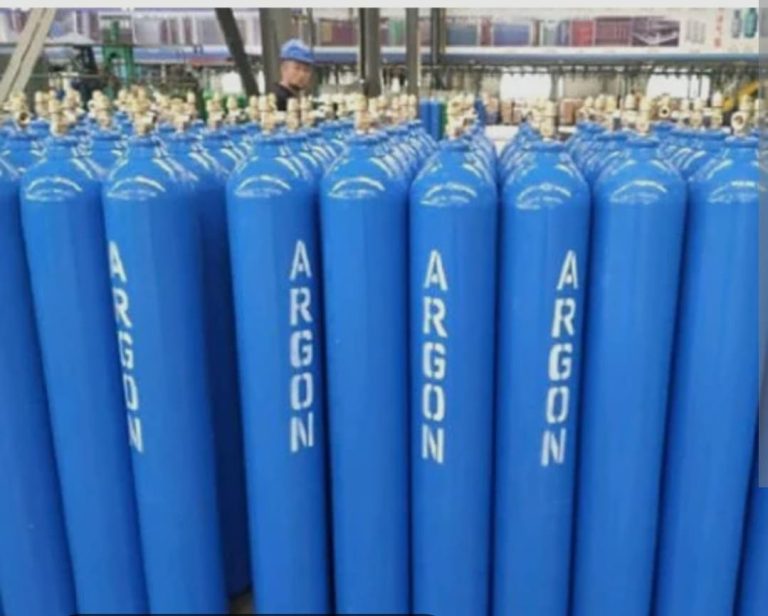
Nitrogen gas (N₂) is a colorless, odorless, and tasteless inert gas comprising about 78% of Earth’s atmosphere, used in industry for inerting and purging, food packaging to prevent oxidation, and as a propellant. It’s produced by the fractional distillation of liquid air or laboratory isolation methods. Purity is often specified by the remaining oxygen content, with higher percentages indicating less oxygen.

ACM gas is an industrial gas mixture of Argon (Ar) and Carbon Dioxide (CO2), used primarily for welding and to create controlled atmospheres. The specific composition varies by application, but common blends include C25 (25% CO2 and 75% Argon) and C15 (15% CO2 and 85% Argon). Argon provides a stable, inert shielding gas, while CO2 offers deep penetration and enhances weld characteristics like bead wetting, though it can increase spatter at higher concentrations.
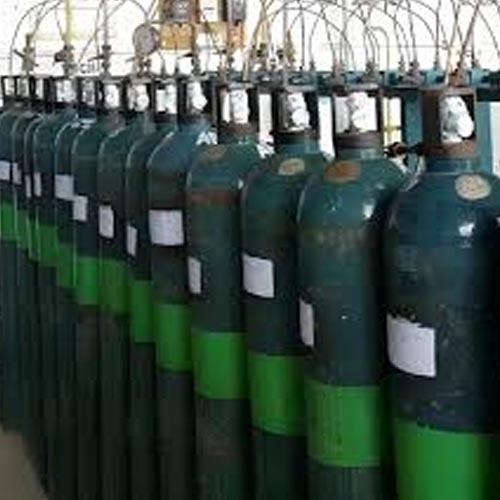
AHM Gas is typically an Argon-Hydrogen-Methane mix used for welding, especially in the oil and gas industry, though specific applications can vary depending on the supplier and desired gas composition. For example, Murugan Speciality Gases offers an AHM gas which is an Argon+Hydrogen mix for laboratory use, while another supplier provides an AHM that is an Argon-Hydrogen-Methane mixture for welding.

“NHM Gas” is not a clear term; however, it likely refers to content related to the National Green Hydrogen Mission (NHGM), which aims to establish India as a global green hydrogen hub, or the proposed Draft Petroleum & Natural Gas Rules, 2025, which modernizes India’s upstream oil and gas sector, incorporating green energy integration and stricter environmental standards for both natural gas and new energy sources like hydrogen.

Liquid nitrogen (LN2) is extremely cold liquid nitrogen that expands into a large volume of gas, posing risks of asphyxiation by displacing oxygen in poorly ventilated spaces and causing cold burns or explosions from pressure build-up. It is primarily used for cooling and cryopreservation, with its high expansion ratio and cryogenic temperatures requiring specialized, vacuum-insulated containers called dewers and strict adherence to safety protocols, including proper ventilation and the use of personal protective equipment.
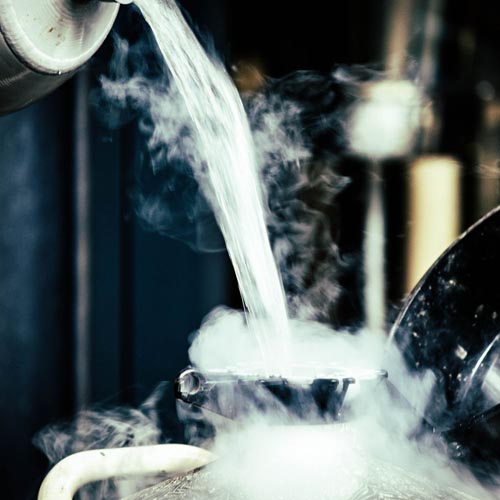
Zero Air is highly purified air, primarily composed of nitrogen and oxygen, with hydrocarbon contamination reduced to very low levels (typically < 0.5 ppm). It is essential for sensitive laboratory and analytical instruments, such as Flame Ionization Detectors (FIDs) used in Gas Chromatography (GC), because its purity ensures accurate and reliable results by preventing interference from hydrocarbons and other contaminants. Zero Air can be supplied in pressurized cylinders or generated on-site using specialized gas generators.

With over 35 years of proven expertise, Murugan Speciality Gases has been a trusted name in the production and supply of industrial, medical, and specialty gases. Based in Chengalpattu, we pride ourselves on delivering high-purity gases, customized solutions, and uncompromising safety standards that empower industries to operate with efficiency and confidence.
©Murugan Speciality Gases. All Rights Reserved.